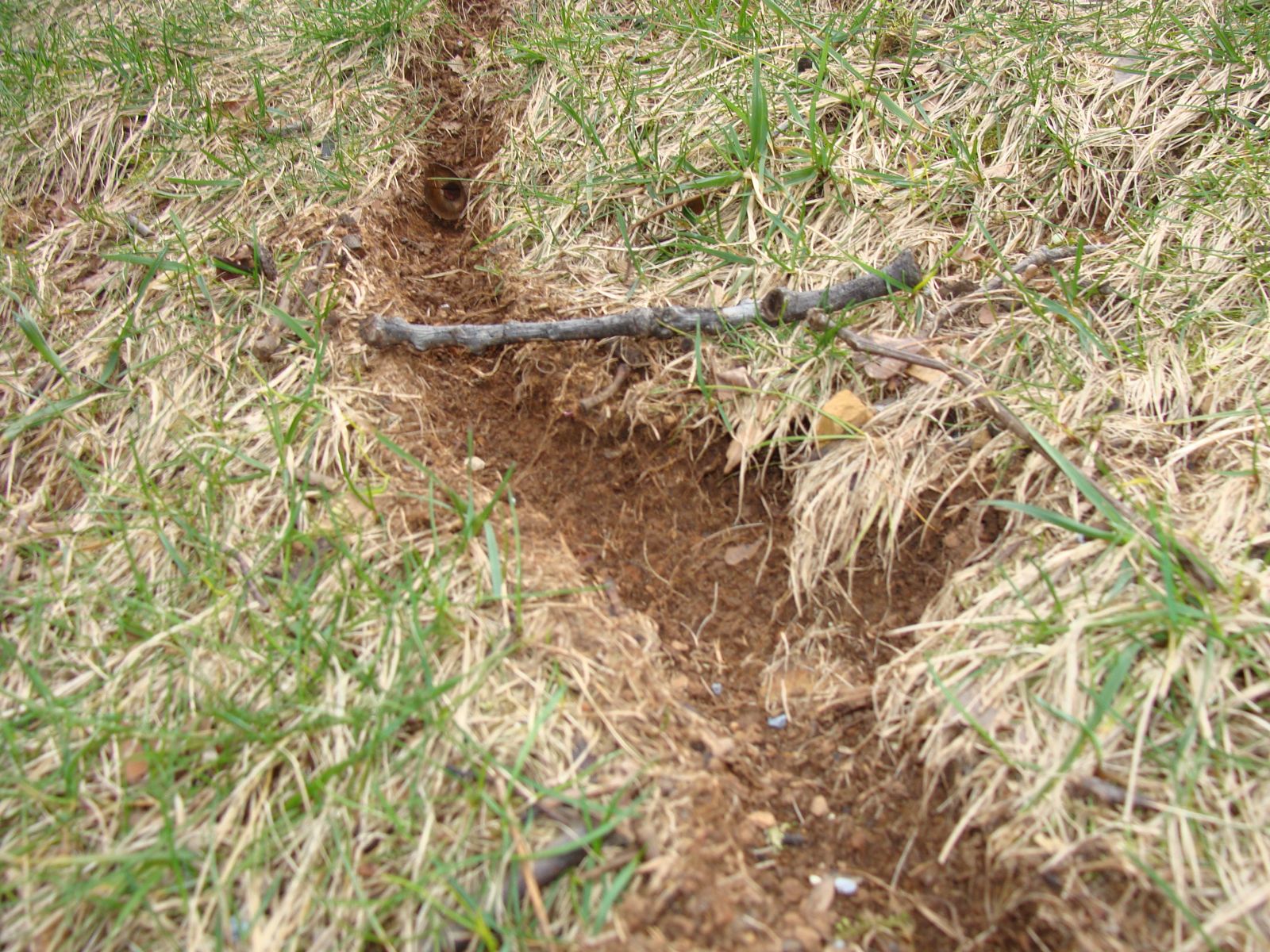Comprehending Vole Lawn Damage and Exactly How to Fight It
Comprehending Vole Lawn Damage and Exactly How to Fight It
Blog Article
Comprehensive Overview to Effective Vole Bug Control: Invasion Recognition and Treatment Methods
In the world of effective pest control, vole problems position a distinct obstacle that requires a tactical approach. These little rodents, typically mistaken for computer mice, can ruin yards, yards, and crops if left untreated. Identifying the signs of vole visibility and executing targeted therapy techniques are essential parts of a successful parasite administration strategy. By checking out the nuances of vole habits, understanding crucial indications of invasion, and examining a range of control choices, one can create a thorough technique to deal with these elusive bugs.
Recognizing Vole Behavior
Vole habits is defined by their tunneling practices and rapid reproduction rates, making them a challenging parasite to manage efficiently. Their fast reproductive rate more complicates control efforts, with ladies qualified of creating numerous trashes in a solitary year, each having a number of offspring.
Voles are most active throughout the morning and night hours, spending the bulk of their time foraging for food. Their tunneling routines not only interrupt lawns and yards but additionally make them challenging to remove and spot. Understanding vole actions is essential for reliable bug control techniques. By determining their burrow locations, keeping track of feeding locations, and executing targeted control methods, such as capturing or habitat alteration, vole invasions can be handled effectively.
Indicators of Vole Invasion

Prevention Strategies
Executing efficient prevention techniques is important in reducing vole infestations and safeguarding plants from their harmful feeding practices. To avoid vole infestations, it is vital to start by eliminating possible food sources look at here and sanctuary.
On a regular basis inspecting the property for signs of vole task, such as runways and tunnel openings, is critical for very early detection and punctual action. If vole task is believed, take into consideration using catches or repellents strategically put near their pathways.
Non-Lethal Control Techniques
To efficiently manage vole populations while focusing on humane methods, non-lethal control methods use useful services for minimizing vole damage in landscapes and yards. These barriers can be buried at the very least 12 inches bent and deep at a 90-degree angle to prevent voles from tunneling below.

Lethal Control Options
One efficient technique for resolving vole invasions in gardens and landscapes entails the strategic use of dangerous control alternatives. When faced with a severe vole infestation that non-lethal methods have fallen short to include, implementing lethal control actions ends up being vital. Generally, when utilizing dangerous control choices, it is vital he has a good point to do so responsibly and in conformity with regional regulations to properly handle vole infestations.
Verdict
Finally, reliable vole parasite control needs a thorough understanding of vole habits, recognition of signs of problem, implementation of avoidance techniques, and application of both deadly and non-lethal control methods. By integrating these approaches, individuals can properly manage vole populaces and protect their property from damage. It is very important to deal with vole invasions promptly to avoid more issues and reduce the effect on the surrounding setting.
Given the elaborate passage systems and quick reproduction prices particular of voles, recognizing the indications of vole problem comes to be important in effective parasite control. One of the key indicators of vole existence is the existence of surface runways or trails in turf or snow, commonly concerning 1-2 inches broad, produced as voles take a trip in between their burrows and food resources.To properly handle vole populaces while focusing on gentle approaches, non-lethal control strategies supply useful services for minimizing vole damages in gardens and landscapes.One effective technique for dealing with vole invasions in gardens and landscapes entails the critical usage of dangerous control alternatives. vole control.In conclusion, effective vole pest control requires a comprehensive understanding of vole behavior, identification of signs of infestation, execution of avoidance methods, and use of both dangerous and non-lethal control techniques
Report this page